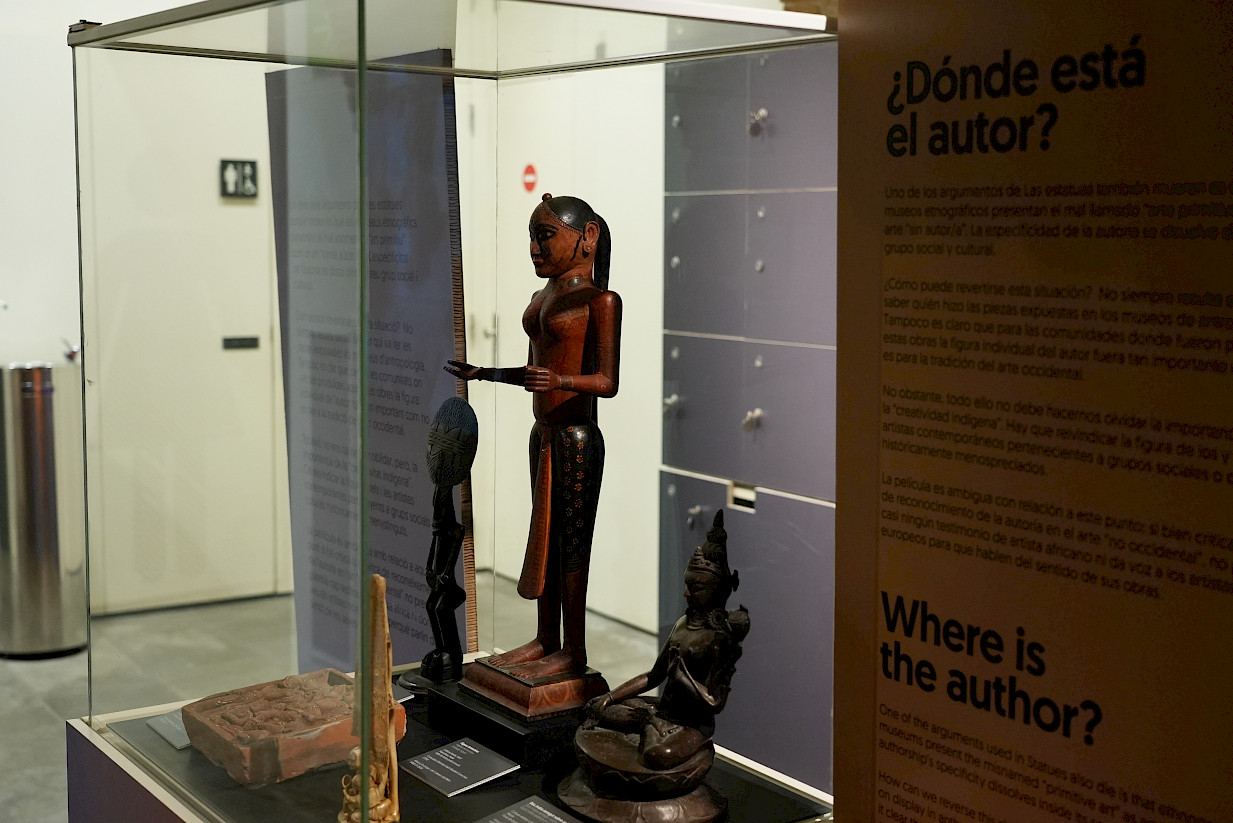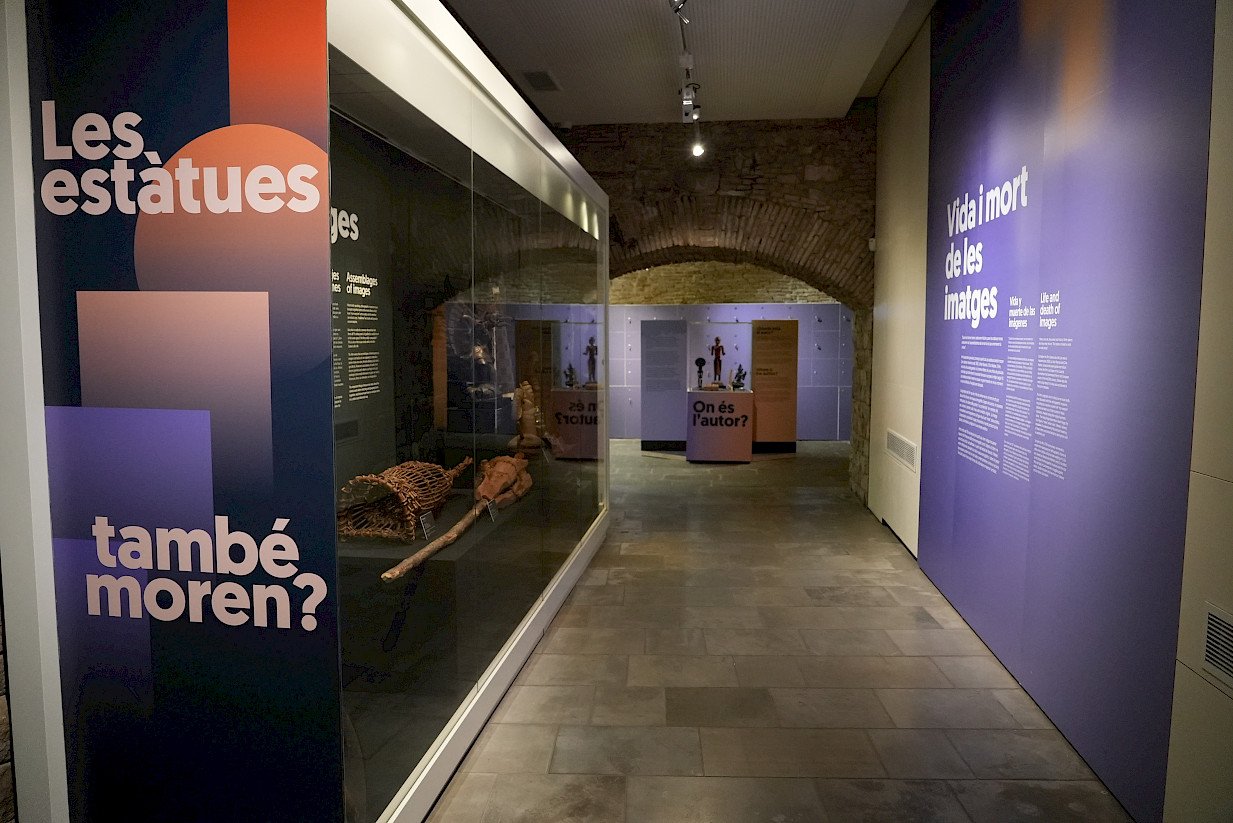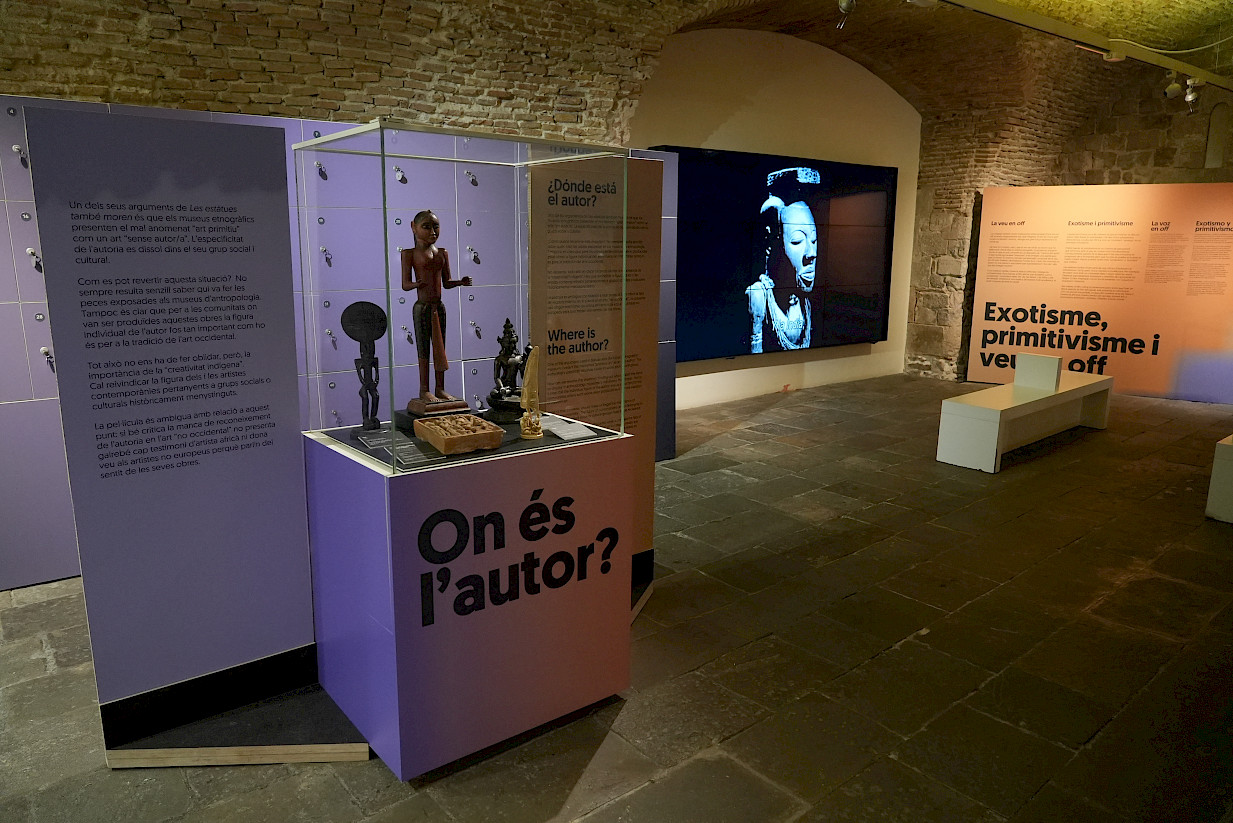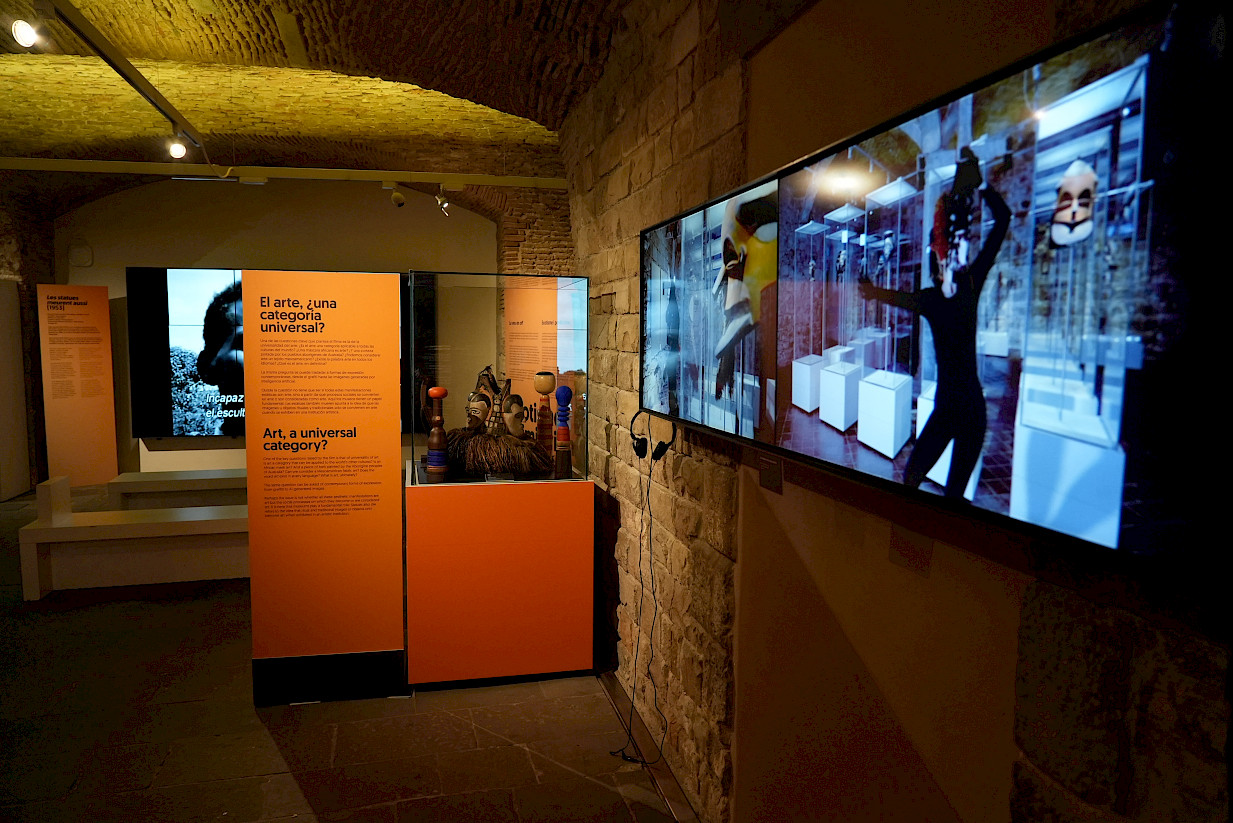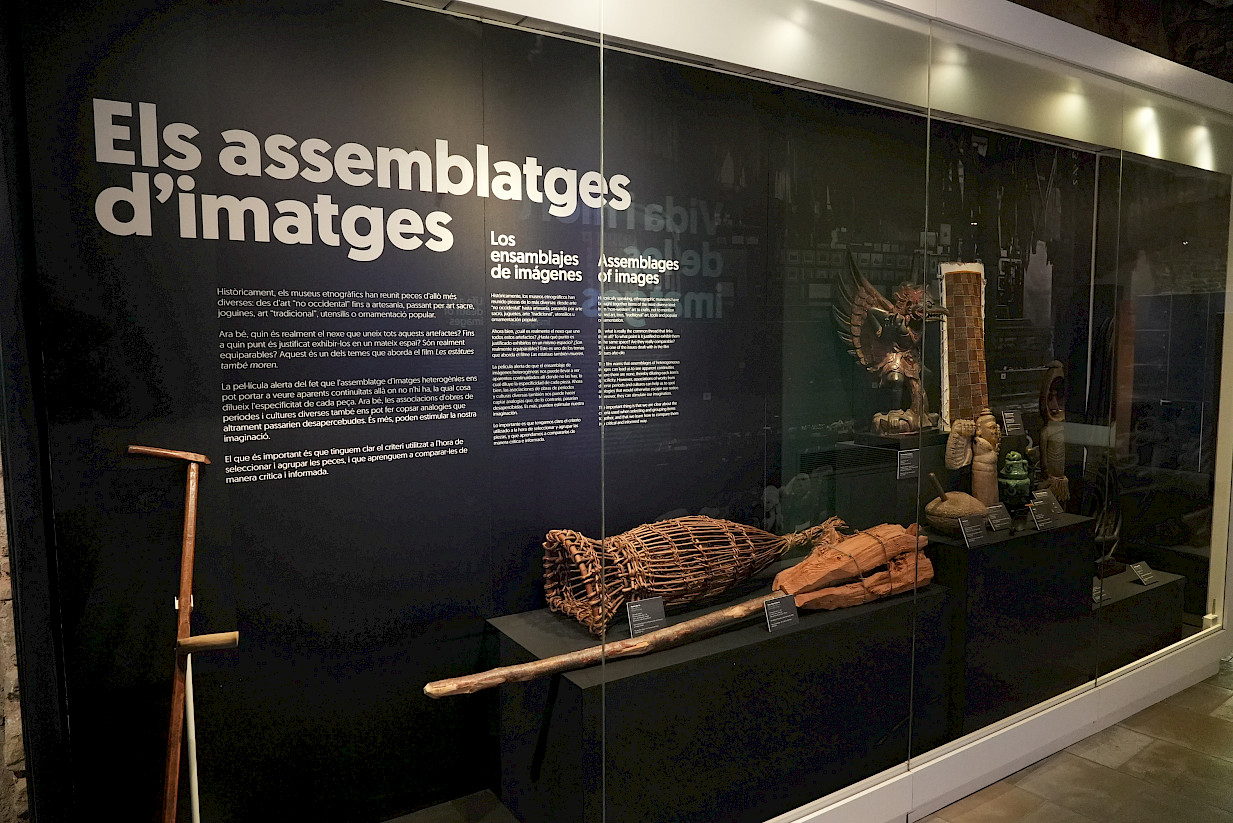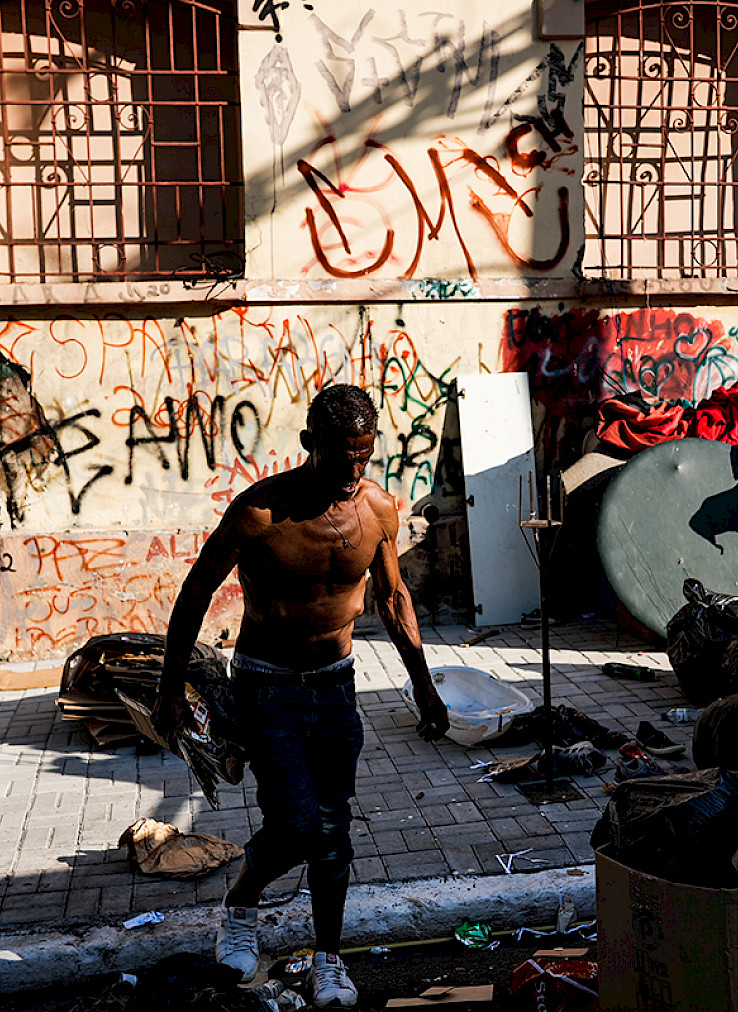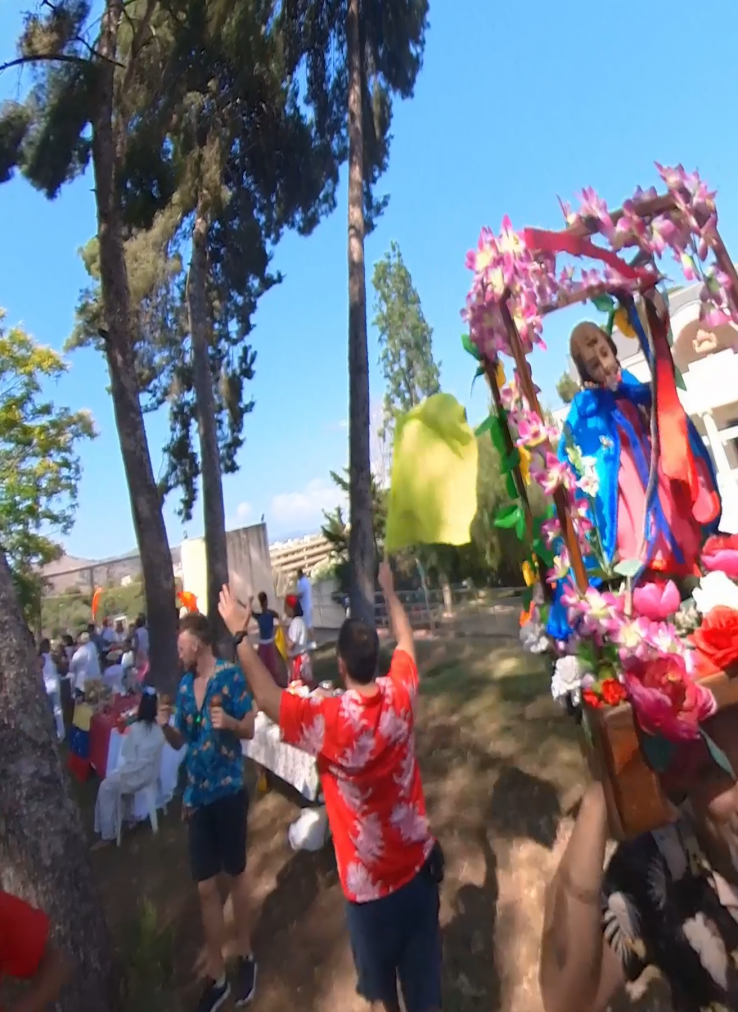When men die, they become history; when statues die, they become art; this botany of death is what we call "culture".
With these words begins the film "The statues also die" (Les statues meurent aussi, 1953), by Alan Resnais and Chris Marker. The film, connected to the avant-garde and militant cinema, is a critique of the colonial postulates that dominated French and European society in the middle of the 20th century. “Statues also die” caused a great impact at the time and was banned in France for decades.
The originality of the film lies in the fact that it focuses on a topic that was very little discussed until then: ethnographic museums. According to the authors, in these institutions, the works of "non-Western" peoples stolen from their countries and taken out of their context, lose their original symbolic value. The living image becomes a dead image; the ritual figure a "mere" work of art. The Western viewer, unable to understand the deep meaning of the pieces, would limit hemself to project an aesthetic gaze.
Resnais and Marker's film is a master chiej in most senses. It has nevertheless a pessimistic tone. Its thesis is that statues, like living beings, die when they are taken out of their "natural environment".
The problem of the point of view by Marker and Resnais is that it is embedded with essentialism: statues are “live” or “death”. Either they are in their “original” context or they do not mean anything at all.
But we could also see things from another perspective. We could think that, in a way, statues never die, that is, that, throughout their existence, they "only" acquire new meanings and new functions. An image "is alive" as long as it is engaged in a relationship with a viewer.
This obviously does not mean that all views are equally valid. Often our gaze has racial, social or gender biases of which we are not aware. The conclusion is clear: we must learn to look critically.
This learning of the gaze is one of the objectives that today's ethnographic museums must undertake. Also, it is necessary to incorporate different voices in the exhibitions, offer new models of interpretation, and give spaces for expression, participation, and critique to the artists of those communities and social groups that have suffered (or are stills suffering) colonial violence.
This is the short film accompanying the exhibition “Do statues also die?” (Les estàtues també moren?) inaugurated at the Museu Etnològic i de les Cultures del Món de Barcelona and curated by Roger Canals.
Credits of the film:
Title: The statues never die
Director: Roger Canals
Editing: Jordi Orobitg
Production: Museu Etnològic I de les Cultures del Món
Year: 2023
Running time: 6:25’



